The 90s was a transitional period for black people around the world, specifically hip hop. Hip hop began to expand in ways we could not imagine from fashion to dance to lyrical styles. Black people were given the opportunity to express themselves in ways they could not before. In the early 90s, producers began using audio editing software and digital effects to create new styles and to sample beats. Also, in the 90s artist created a new style of socially-conscious hip hop when they began rapping about political and social issues. These new ideas began the expansion of music that we see today. 90s music birthed many legends such as Tupac, Biggie and Aaliyah that are credited for “changing the game.” In the 1990s, the “hip-hop/rap” genre exploded to become, by far, the most common genre of music on the Billboard Hot 100 charts for two decades.
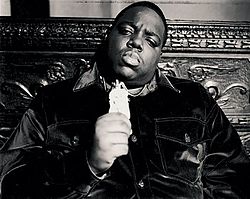
Hailing from Brooklyn NY, Notorious B.I.G (Biggie Smalls or Biggie) changed the culture of East Coast hip hop. Through his realistic depictions of his life as a hustler and superstar, Biggie grew mass popularity and has become known as the G.O.A.T. of hip hop. Outside of his music, B.I.G. was also known for his role in the East Coast/West Coast beef.


Although this group was formed in 1985, a Tribe Called Quest saw popularity during the 90s. Members, Q-Tip, Phife Dawg, Ali Shaheed Muhammad, and Jarobi White brought an alternative sound to hip hop that changed people’s perception of what hip hop is.


Holding it down for the women, Lil’ Kim, who originally was apart of Junior Mafia, broke out as a major act and transformed 90s fashion trends. The “Queen Bee” (as she affectionally known as) also created a path for female rappers to have opportunities to reach mainstream popularity and embrace their sexuality in music.
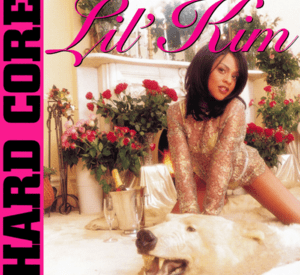
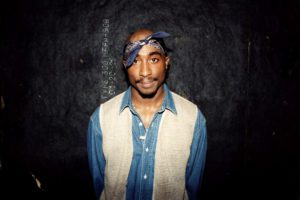
Repping the West Coast (specifically California), Tupac was a significant part of putting West Coast hip hop on the map. Known at first for his hustler message, Tupac transformed into a more of conscious rapper as his career progressed. Additionally, he played an impactful role in the East Coast/West Coast beef.

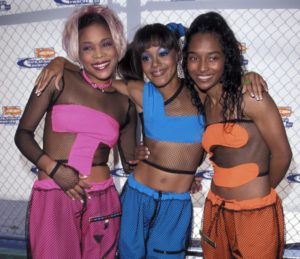
TLC, which stands for T-Boz, Left-Eye, and Chili, is an iconic girl group of the 90s. With hits such as, “No Scrubs”, “Creep”, and “Waterfalls”, the group spoke on love, dating, and relationships. The group which had one rapper (Left-Eye), crossed genres and dominated. Also, TLC became, not only known for their music, but also their colorful and creative wardrobe.


Originating from Long Beach, CA, Snoop Dogg dominated the 90s as an infamous West Coast rapper. His messaging revolving around his bachelor lifestyle and the trials of living in the hood. Through his relatability and relaxed rap style, Snoop Dogg’s popularity grew and put him on the map.
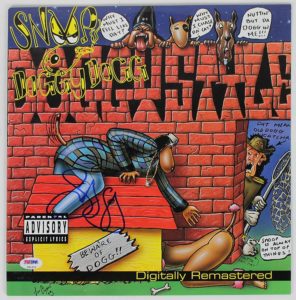

Resining from Crown Heights, NY, Nas came onto the 90s hip hop scene with a different take. His raps rooted in street poetry were a change from the messaging of his fellow 90s rappers (Biggie, Snoop Dogg, etc.).


Formerly of the Fugees, Lauryn Hill broke out as star. With her Grammy award winning album, The Miseducation of Lauryn Hill, she laid the groundwork for conscious rap. Her messaging illustrating the importance of self-awareness and love.


A breakout in West Coast, NWA, was a no-holds-bar group with a strong message. In the 90s, NWA continued their message (even after losing Ice Cube) and continued to speak their minds about politics and police in Calforina and the United States.


Missy “Misdemeanor” Elliott is well-known for her iconic music videos, style, and music. She is also a talented songwriter, who has written and produced for many other artists of the 90s such as Aaliyah and Lil’ Kim. Her creativity ultimately shaped the music industry in the 90s and set trends we still see today.

Conscious Rap is a sub genre of hip hop that focused on social activism and the power of personal knowledge. It focused on creating awareness within ones community. Many times conscious rap artist would talk about decriminalization, violence, police brutality, and other societal issues. Artist also often offered positive and uplifting messages in these songs. Conscious Rap was not very mainstream because of its often mature themes. Artist in this genre include Nas, Mos Def, and Lauryn Hill.
Gangsta rap was the birth of what we know as 90’s hip hop today. Gangsta Rap can also be referred to as reality rap. Gangsta Rap artist would often talk about gang violence, poverty, and drug dealing. Gangsta rap also talked about partying and living life. Gangsta rap was also a major part of the East Coast v. West Coast Beefs, igniting the use of diss tracks. This sub genre is home to artist like Snoop Dogg, Tupac, and Dr. Dre.
The R & B sub genre of hip hop focused on smooth melodies and soft background vocals. This sub genre is often described as “baby making music”. It’s artist often talked about love, crushes, and heartbreak. These songs often included east coast hip hop inspired backing tracks causing for a smoother unique sound. This sub genre made way for R & B groups like Jodeci, and other artist like Mariah Carey, Mary J. Blidge and Lauryn Hill.
Pop Rap is the most mainstream sub genre of rap. It is upbeat, radio type, family friendly music. Pop Rap focused on catchy tunes and strong melodic hooks. The lyrics were often very lighthearted with super catchy choruses. Pop rap made way for a lot of the songs and rap artist we hear today.This sub genre was home to artist like Vanilla Ice, DJ Jazzy Jeff, and The Fresh Prince aka Will Smith.
. The Message – Grandmaster Flash & The Furious Five
2. Fight The Power – Public Enemy
3. Nuthin But A “G” Thang – Dr. Dre
4. It’s Like That – Run-D.M.C.
5. Rappers Delight – Sugarhill Gang
6. Juicy – Notorious B.I.G.
7. Planet Rock – Afrika Bambaataa & the Soulsonic Force
8. Paid in Full – Eric B. & Rakim
9. Walk This Way – Run-D.M.C. & Aerosmith
10. Fuck Tha Police – N.W.A
11. Rock the Bells – LL Cool J
12. Children’s Story – Slick Rick
13. Jesus Walks – Kanye West
14. Hey Ya – OutKast
15. The Breaks – Kurtis Blow
16. Rosa Parks – Outkast
17. Gin & Juice – Snoop Doggy Dogg
18. Check the Rhime – A Tribe Called Quest
19. Keep Ya Head Up – 2 Pac
20. Humble – Kendrick Lamar
21. They Reminisce Over You (T.R.O.Y.) – C.L. Smooth & Pete Rock
22. Straight Outta Compton – N.W.A
23. It Takes Two – Rob Base & DJ EZ Rock
24. Stan – Eminem
25. NY State of Mind – Nas
26. Me Myself and I – De La Soul
27. California Love – 2Pac (feat. Dr. Dre)
28. The Show – Doug E. Fresh w/Slick Rick
29. I Used To Love H.E.R. – Common
30. The Bridge Is Over – Boogie Down Productions
31. Bring The Noise – Public Enemy
32. 99 Problems – Jay-Z
33. Award Tour – A Tribe Called Quest
34. Shed So Many Tears – 2 Pac
35. Eric B. is President – Eric B. & Rakim
36. Push It – Salt-n-Pepa
37. Ms. Jackson – Outkast
38. It Was A Good Day – Ice Cube
39. Summertime – DJ Jazzy Jeff & The Fresh Prince
40. Big Poppa – The Notorious B.I.G.
41. Cha Cha Cha – MC Lyte
42. C.R.E.A.M. – Wu Tang Clan
43. Hard Knock Life – Jay Z
44. My Philosophy – Boogie Down Productions
45. You Gots to Chill – EPMD
46. Mind Playing Tricks on Me – Geto Boys
47. Dear Mama – 2pac
48. Paper Planes – M.I.A.
49. I’ll Be There for You/You’re All I Need – Method Man w/ Mary J. Blige
50. The World Is Yours – Nas
51. Set It Off – Big Daddy Kane
52. Rock Box – Run-D.M.C.
53. Scenario – A Tribe Called Quest
54. Tha Crossroads – Bone Thugs N Harmony
55. I Need Love – LL Cool J
56. O.P.P. – Naughty By Nature
57. Sucker M.C.s – Run-D.M.C.
58. Mama Said Knock You Out – LL Cool J
59. Doo Wop (That Thing) – Lauryn Hill
60. U.N.I.T.Y. – Queen Latifah
61. Baby Got Back – Sir Mix-a-Lot
62. Lose Yourself – Eminem
63. Passin’ Me By – The Pharcyde
64. Murder Was the Case – Snoop Doggy Dogg
65. Parents Just Don’t Understand – DJ Jazzy Jeff & The Fresh Prince
66. Ain’t No Half-Steppin’ – Big Daddy Kane
67. What You Know – T.I.
68. La Di Da Di – Slick Rick & Doug E. Fresh
69. Bonita Applebum – A Tribe Called Quest
70. The Definition – Mos Def & Talib Kweli (Black Star)
71. Just A Friend – Biz Markie
72. All About the Benjamins – Puff Daddy w/Lil Kim, The LOX & The Notorious B.I.G.
73. Wild Thing – Tone-Loc
74. Get Ur Freak On – Missy Elliott
75. Get At Me Dog – DMX
76. My Name Is… – Eminem
77. Triumph – Wu-Tang Clan
78. Regulate – Warren G. w/ Nate Dogg
79. The Choice Is Yours – Black Sheep
80. Gangsta’s Paradise – Coolio
81. In Da Club – 50 Cent
82. Ladies First – Queen Latifah w/ Monie Love
83. I Ain’t No Joke – Eric B. & Rakim
84. Rebirth of Slick (Cool Like Dat) – Digable Planets
85. Empire State of Mind – Jay-Z (feat. Alicia Keys)
86. I’m Bad – LL Cool J
87. Lyte As A Rock – MC Lyte
88. The Humpty Dance – Digital Underground
89. One Mic – Nas
90. The Symphony – Marley Marl (feat. Masta Ace, Craig G, Kool G Rap, Big Daddy Kane)
91. Top Billin’ – Audio Two
92. I Got 5 On It – The Luniz
93. Elevators (Me & You) – Outkast
94. You Got Me – The Roots
95. Paul Revere – The Beastie Boys
96. Colors – Ice T
97. Dirty South – Goodie MOB
98. Tennessee – Arrested Development
99. Boyz-N-The-Hood – Eazy E
100. Roxanne, Roxanne – U.T.F.O.
90s hip hop had a great influence on dance and party culture. Dance is a way of expression and was used in different gatherings, music videos and festivals. Kid n Play, The Running Man, The Cabbage Patch, The Butterfly and The Tootsie Roll. With the popularity of television dances were exposed much quicker than before, shows like Fresh Prince of Bel Air and Soul Train.
90s fashion was a transitional time for people especially within black community. This was a time where we were allowed to have creative expression to evolve and we see more colors and styles being created. From artist such as Aaliyah, to TLC to Missy Eliot they pivoted styles and popularized new trends. We first start with oversized clothes, seen on majority of artist during that time oversized t shirts, pants, hoodies and jackets was definitely in season, most popular for this style was Aliyah.
We then transition to paisley and bandana prints. During the 90s we see the style of West Coast vs East Coast began and hip hop music include gangs and repping sets. With this, bandanas were a very popular style specifically red and blue bandanas. As its name suggests, gang culture was central to one of the biggest sub genres of ‘90s hip-hop, gangsta rap. More specifically, ‘90s gang culture was defined by three major inner city gangs who each sported a respective color; the Los Angeles-based Bloods and Crips who wore red and blue, respectively; and the Latin Kings, a latino gang born out of Chicago who sported black and gold as their colors.
When basketball player Michael Jordan partnered up with sportswear brand Nike on a signature Air Jordan sneaker in 1984, the shoe quickly became a national phenomenon. A few years later, Nike spun the series off into its own Air Jordan line, creating possibly the first chapter in sneaker head culture. We now see these popular sneakers around the world in everyday streetwear.
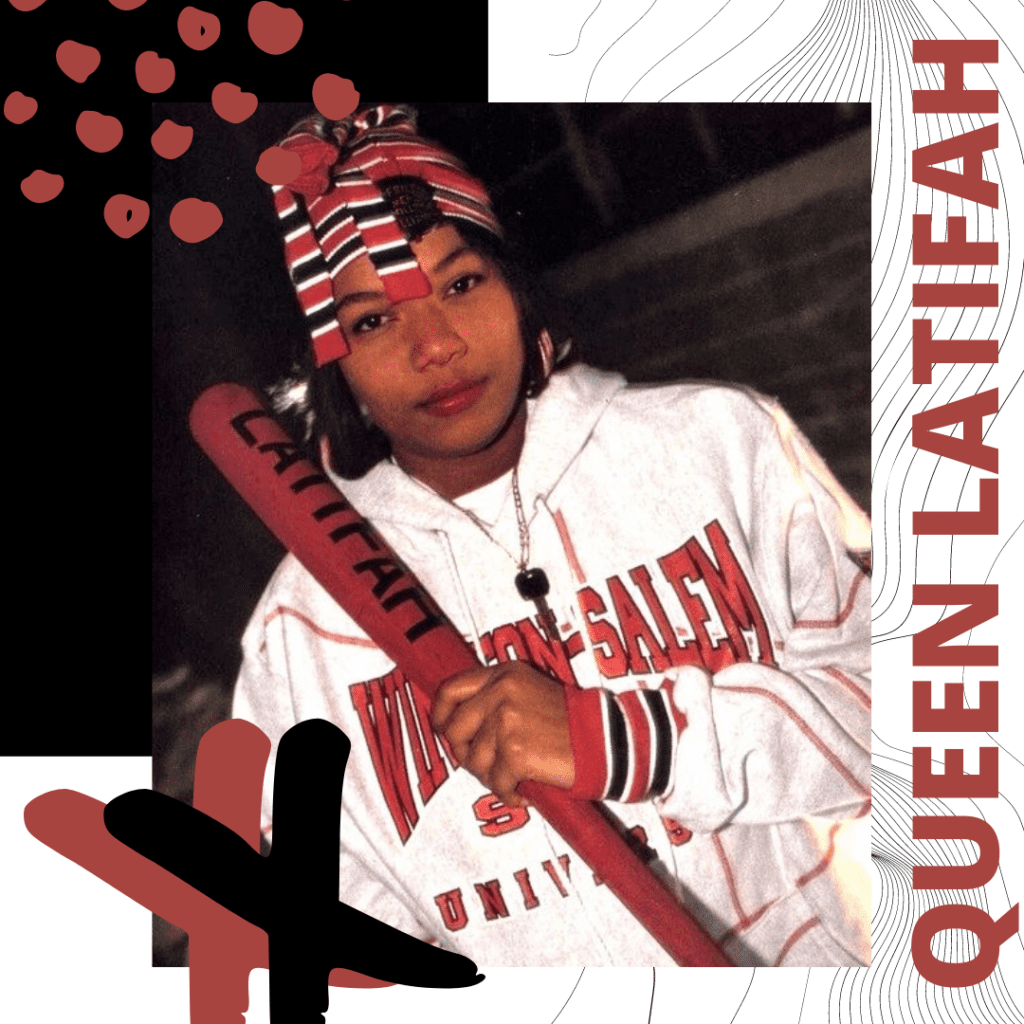
Queen Latifah largely focused on defacing misogyny within the genre of hip hop. She presented her lyrics through a feminist lens through songs such as U.N.I.T.Y. to combat anti-femininity and domestic violence.
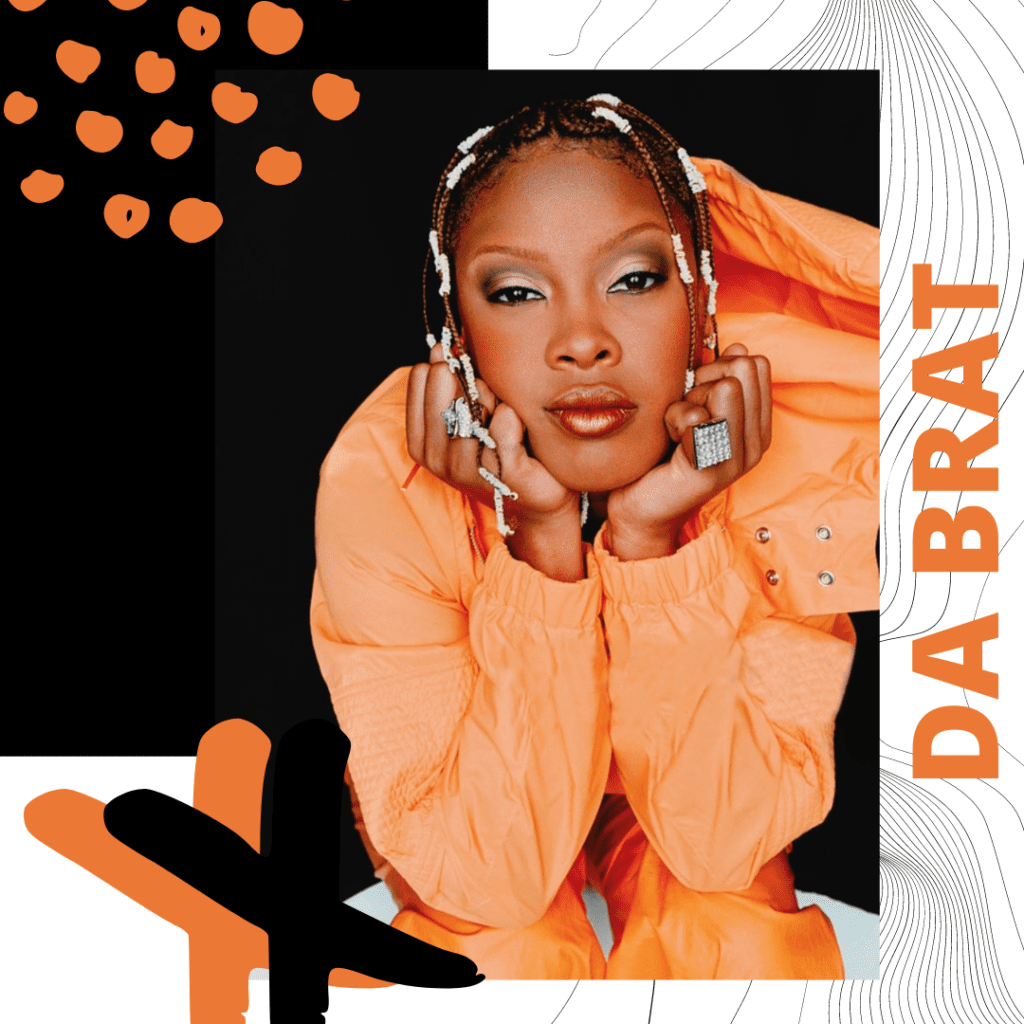
Contrary to her female contemporaries, Da Brat’s image wasn’t focused on sexuality. Her hardcore, masculine delivery of lyricism led her to becoming the first female solo rap act to receive a platinum certification.
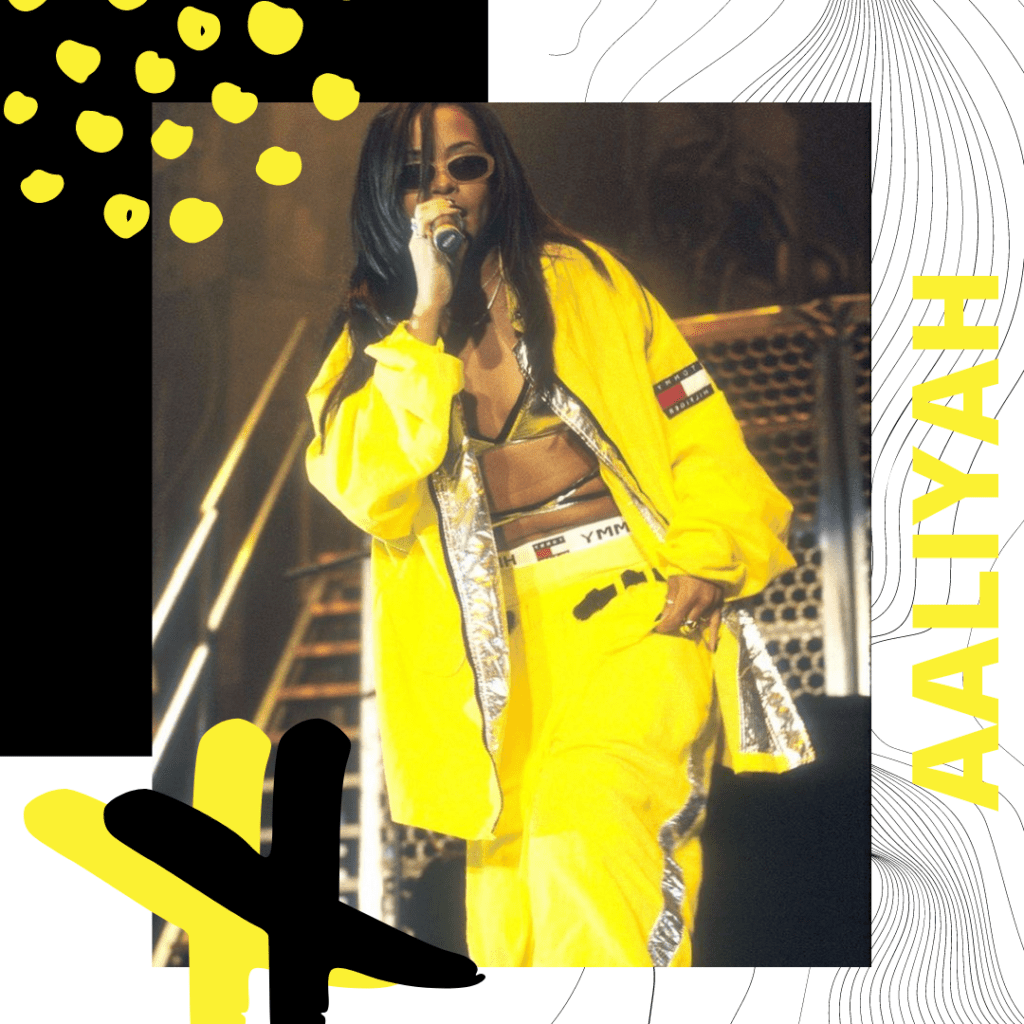
Aaliyah’s appearance brought a difference to the hip hop scene. Her Tomboy style and choreography has influenced later artists such as Ciara, Beyoncé, Sevyn Streeter, Chris Brown, Zendaya, and many others.

Lil Kim challenged a male dominated environment through provocative images and lyrics. Lil Kim’s open sexuality within her style, flow, and attire are seen in contemporary female artists such as Megan Thee Stallion, Cardi B, and Nicki Minaj, among others.

Foxy Brown’s debut album, Ill Nana expressed confidence and astute rhyming. Her album acted as a catalyst for the fierce feminine rap wave that followed her. She is noted to influence other artists such as Nicki Minaj and Kash Doll.

In a male dominated sector, Missy Elliot supported body positivity, feminism, gender equality, and sex positivity through her unapologetic lyrics. She influenced artists such as Destiny’s Child, Cardi B, Eve, and Lizzo.



Login to your account